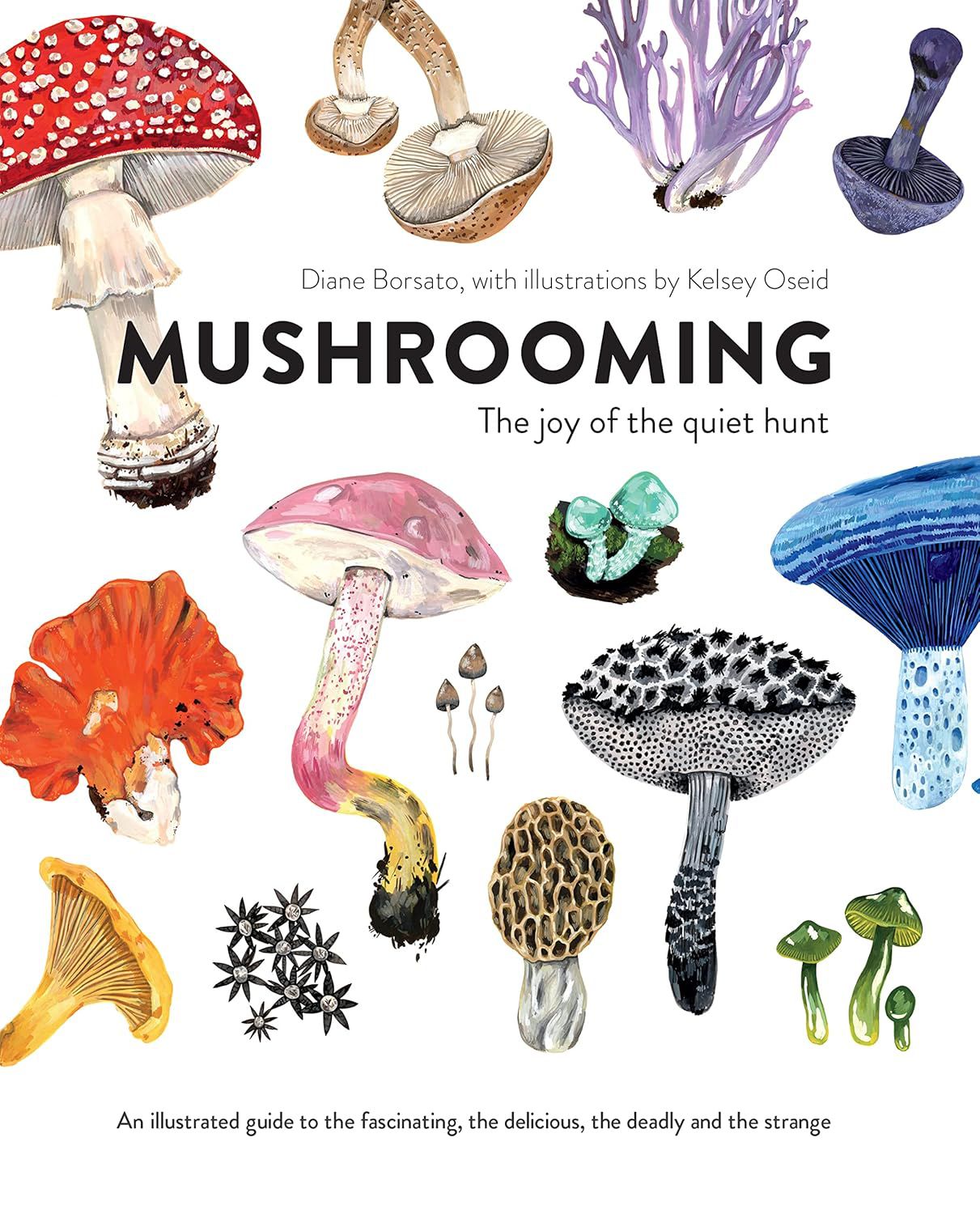
The Geist map has a venerable ancestor that goes back four centuries and halfway around the world.
Among the innumerable contributions of Geist to world culture, the Geist maps are not the least important. This noble genre that marries geography and the higher arts has, I have discovered, its particular ancestors, and can claim an aristocratic lineage that goes back to the days before the French Revolution. Though there must have been earlier approximations, the first Geist map (though not bearing that name) was born in Paris, in August 1654. Allow me to explain.
Cartography is a literary invention. The world we live in is not concerned with borders and limitations, nor does it measure carefully its extensions and heights. It is made of movement, not of static spaces; it is a world in which rivers run and come to a halt, mountains rise and crumble to dust, forests grow and die, islands emerge and sink back into the sea, sands invade and retreat, time and time again. And it is nameless. Since the day in which one of our earliest and most adventurous ancestors drew in the sand a line between two dots in order to show the road he had travelled, we have imagined our anarchic, movable, anonymous world in the guise of a readable map. Everything, then, has its cartographer.
Four centuries ago, a young French noblewoman, the Marquise de Rambouillet, having concluded that Louis XIII’s court was not adequately advanced for her taste in the intellectual arts of clever politeness and illuminating wit, decided to transform a house she owned, close to the Louvre Palace, into a mansion of connecting rooms that led to a final sanctum known as la chambre bleue. Here, Madame la marquise founded the most celebrated salon of seventeenth-century France, a place to which writers, philosophers, theologians and artists flocked to converse. Though the word salon, meaning “place of enlightened conversation,” entered the French language much later—in 1807, via the novel Corinne by Germaine de Staël—la chambre bleue was precisely that: a place in which conversation was considered a form of high art. Other such places followed, each led by a notable woman. Many were known by the day of the week on which these meetings took place: for instance, the “Saturday” set up at the house of Mademoiselle de Scudéry.
Mademoiselle de Scudéry was an orphan who had been educated by a rich uncle. In her salon, she encouraged not only literary but political discussion, and she became the official novelist of the rebel party during the civil insurrection against Louis XIV. She was a passionate reader and an even more passionate writer, who published more than 15,000 pages during her lifetime in the form of letters, imaginary conversations, poems and novels. Mademoiselle de Scudéry’s first Geist map (which she called la Carte du Tendre, or “Map of Tenderness”) appears in her bestselling novel Clélie, a Roman Story. The heroine, Clélie, teaches her readers how to behave properly in the Country of Love: what roads to take and which to avoid; how from the town of New Friendship you can end up in Gossip and Evil-Doing or in Sincerity and Great-Heart; which dangers await you at the Lake of Indifference and what are the risks of sailing on the Sea of Enmity; how to travel from the village of Luke-Warm-Feelings to the sad town of Oblivion; how to make quick stops at the hamlets of Love-Letter, Valentine and Pretty-Verses, which are all in the same vicinity.
For the common reader, the Carte du Tendre has something of a board game about it; for the Geist connoisseur, Mademoiselle de Scudéry obviously intuited that the relationship between a map and its readers is a literary one, and if place names can connect the dots to provide (as does Geist) a singular view of a country from a chosen point of view defined by a specific vocabulary, that vocabulary can in turn define a certain geography, whether of physical space, of the mind or of the heart. This enriching relationship between the space we inhabit and the space we name continues to lend us the illusion that, like Adam, we can know the world by naming it. After all, that is all that literature pretends to do.








